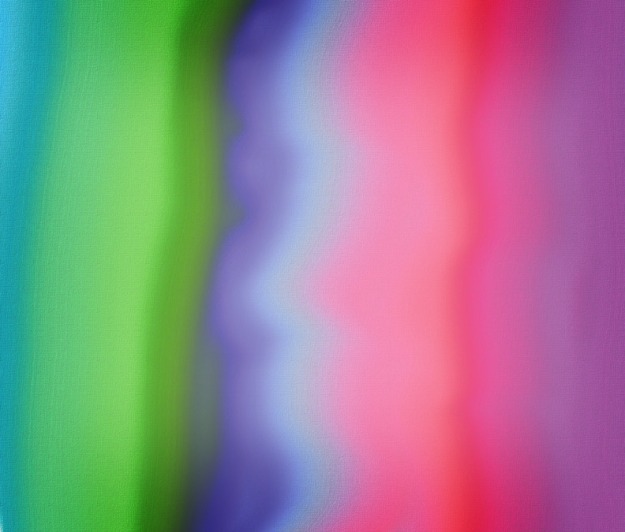What holds you back from creating art? Is it time? Expenses? Experience? Perfectionism? These were some of the first thoughts that went into creating the Paint by Number kit — the perfect art activity that surpassed all excuses.
In 1950, commercial artist Dan Robbins, and entrepreneur Max S. Klein, invented the concept of painting by numbers. This new creation married an art form with a hobby; painting and jig-saw puzzles. The Craft Master product was sold by the Palmer Paint Company in Detroit, Michigan.
By 1954 over 12 million kits had been distributed all over the world. Each kit had two paint brushes and up to 90 paint colors. Different paints were given each a number. Included in the kit was a canvas complete with light blue or grey lines and number markings to guide the artist as to where to place the appropriate paint color.
Not only did this innovative product make, “Every man a Rembrandt,” it created a new pastime. Like any intriguing art project, many individuals (mostly adult females) found painting by numbers to have addictive qualities — in the best sense of the word, of course. By the time a mysterious image revealed the hills of a landscape, dynamic sea, cuddly pet or even Leonardo da Vinci’s “The Last Supper,” the artist was hooked.
However, not everyone looked at this as art work. Some critics laughed in disdain about what adults were filling their time with. But in the end, the educational value proved to be a positive selling point for the product. It was seen as a transitional item that introduced those interested in art to the tools and techniques necessary to flourish in the trade.
Not only did it open a creative outlet for individuals, it offered attractive, homemade decorations. To this day completed works hang in museums and galleries. In 1993 the daughter of Max Klein donated the Paint by Number archives to the Smithsonian Museum of American History. It’s even said that Paint by Number kits, completed by White House staff members, were hung along a corridor of the West Wing.
Between idea conception and present day, the Paint by Number art phenomenon has come full circle. In the 1960s it was adopted into the realm of Pop Art. Then, in the 1970s the designs became more abstract to fit the maturing tastes of art enthusiasts. By the 1990s, Paint by Number was looking for ways to regain a footing in the craft market of America; a telephone survey led them to create the “America’s Most Wanted” kit. Around this time, numerous children’s art companies, like Crafthouse and Janlynn started to produce Paint by Number kits for kids; there are even designs inspired by Disney Characters.
With the advent of virtual technology, it seemed only natural that Paint by Number programs become available through a computer. This is the type of innovative thinking that encouraged SegPlay, a color by number kit fit for your computer. Like Paint by Number kits, it is accessible at anytime, you can leave and return to your design as you choose, and it has the good addictive qualities that will fulfill leisure pastime. Also, like the Paint by Number phenomenon, SegPlay is always looking for new ways to serve artists. This is why Segmation SegPlayPC is evolving.
Be an Artist in 2 minutes with Segmation SegPlay® PC (see more details here)











 [picapp align=”center” wrap=”false” link=”term=art+painting&iid=9860838″ src=”
[picapp align=”center” wrap=”false” link=”term=art+painting&iid=9860838″ src=”